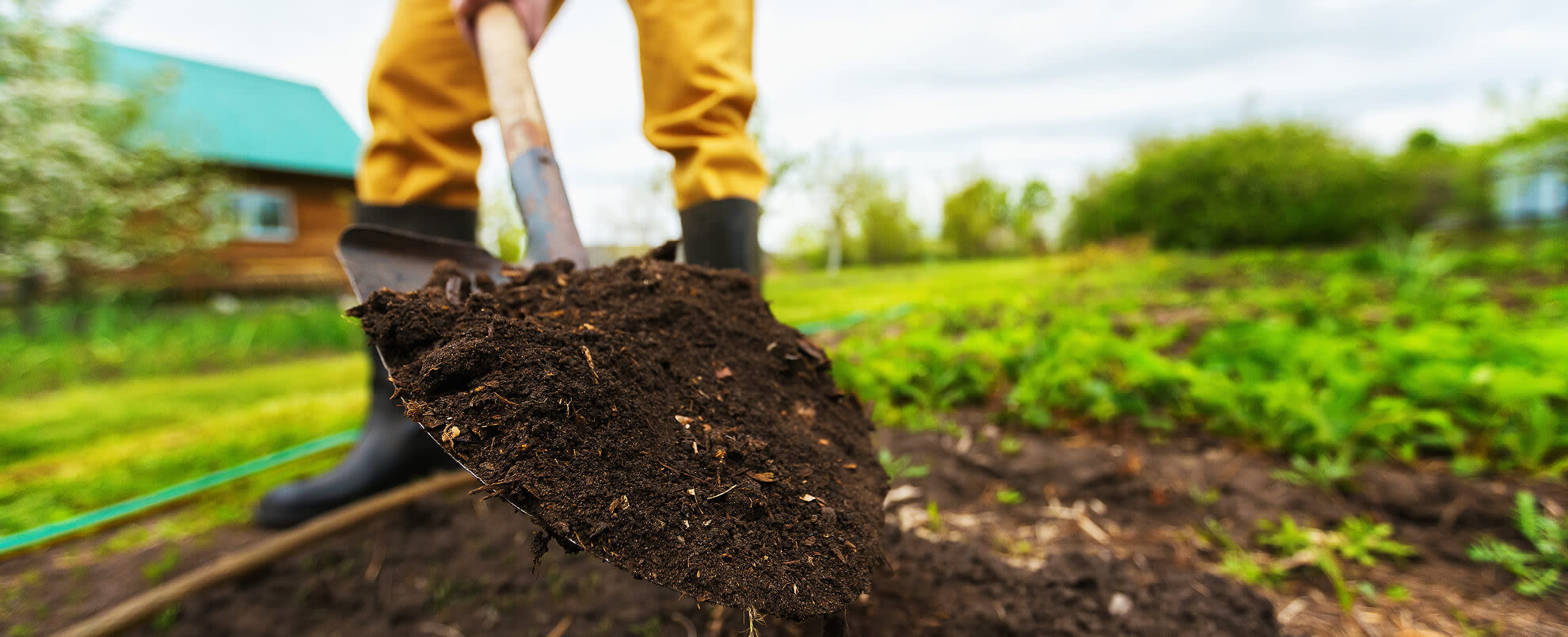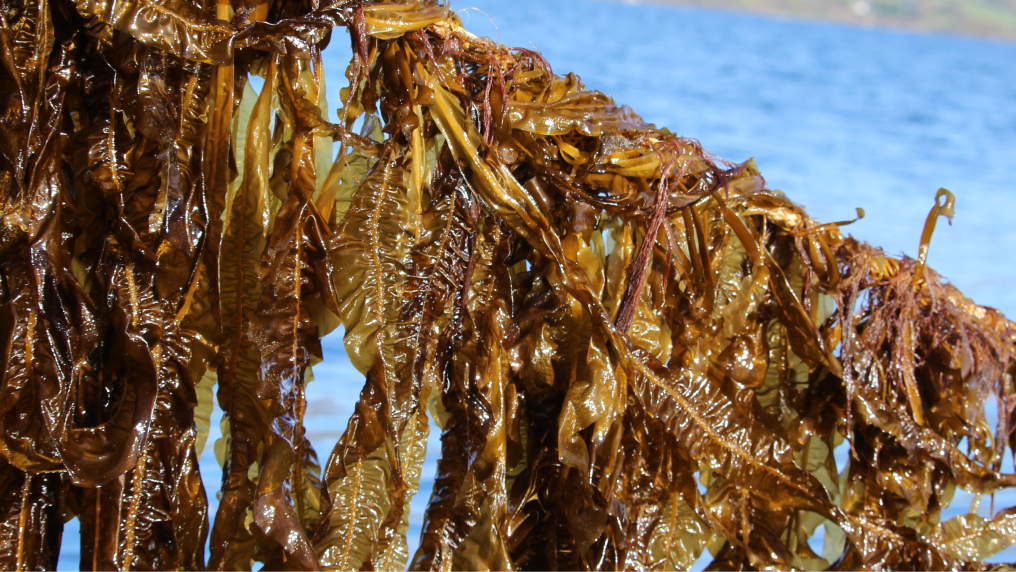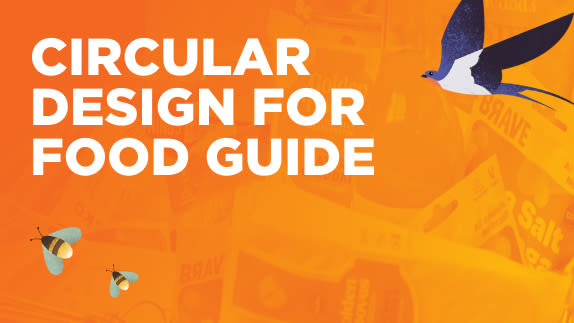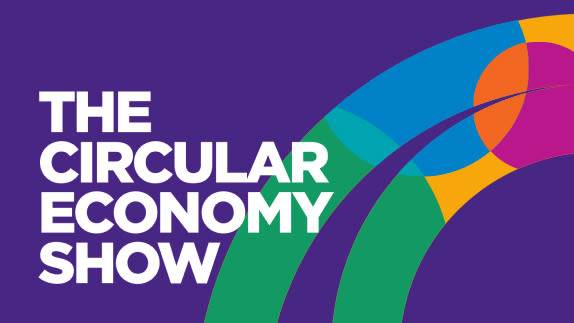It’s an idea hatched to help nature thrive. And it works.
Analysis shows that the 141 products created during the Challenge outperform the norm by an average 18% across environmental metrics including soil health, water, and emissions. They deliver commercially too – some of the products are now stocked by retailers including Waitrose, Fortnum & Mason, and Carrefour Brasil.
One of the biggest take-outs of the Challenge is that many participants successfully applied the framework by building stronger links with the farmers supplying them. These dialogues gave the businesses plenty of food for thought on how they could create or adapt their products to both help nature thrive and strengthen business resilience for the future.
"Being part of the challenge has given us the opportunity to really think about the work we do with farmers and through the supply system, particularly in relation to what might otherwise be 'waste',” says Josiah Meldrum, co-founder of pulse and grain seller Hodmedods.
“It's allowed us to ask questions such as ‘Are those plants in the crop really weeds? Are those chips of beans really only good for animal feed? We’ve taken the space to really dig into the possibilities the answers reveal.”
These dialogues can be fruitful reciprocal processes for business and farmers, allowing the business leaders to see for themselves how soil and other natural factors change when farmers are enabled to use regenerative productionregenerative productionRegenerative production provides food and materials in ways that support positive outcomes for nature, which include but are not limited to: healthy and stable soils, improved local biodiversity, improved air and water quality. practices. Farmers can be supported to increase their yields and incomes, meaning both partners can achieve benefits.
Mahta makes powder shakes using Brazil nuts from RECA, a farmer collective in the Rondônia region of the Amazon. Mahta worked closely with the RECA farmers to find ways to increase the yield and nutritional value of ‘press cake’, a by-product of the oil extraction of Brazil nuts and usually regarded as waste. During the Challenge, Mahta and the farmers took their partnership a step further, developing cupuaçu press cake (another by-product that’s usually wasted) for use in Mahta’s shakes.
“It’s these quiet little victories that often don’t make it onto labels or into the media, but they represent a significant step forward in the impact and innovation we aim to achieve together with the Amazonian socio-bioeconomy,” says Max Petrucci, CEO at Mahta.
Challenge participants were creative in how they measured and highlighted the impacts of collaborations. Students from Bristol University discovered a near doubling of insect biomass in the fields farmed by the suppliers to bread and flour maker Wildfarmed. As a result of the farming practices supported by the brand, bees in particular flourished, undergoing a population surge of 3.7x.
The Wild Hare founder Dominie Fearn devised an app that helps farmers work out how best to move cows around land in order to optimise outcomes like better soil health and carbon reductions. This means she can print the results on packs, aiding both her consumer marketing and her contract negotiations with retailers.
Some participants found that they had to adapt their buying terms to facilitate good outcomes at field level. The founders of coffee and snack producer GoodSAM buy a wide range of their farmers’ crops in order to share the risk.
But pursuing partnerships can be a challenge. Start-up brands with little buying power sometimes found it hard to persuade farmers or their representatives that they could be a credible partner worth building a commercial relationship with.
Facing increasingly volatile operating conditions themselves, farmers can struggle to find the time to get involved filling questionnaires or hosting corporate research squads. There’s also the yet unresolved issue of who owns the data that results.
Farmer-brand collaborations can make use of the Global Farm Metric to navigate these barriers. Developed by our project partner, the Sustainable Food Trust, it provides a framework for farmers and their customers to work together to design operations that help nature and society thrive.
Food businesses can also now access the Ellen MacArthur Foundation’s guide to using circular design for food. Packed with real-world solutions and practical advice, it draws on knowledge gathered from participants in the Big Food Redesign Challenge.
The 57 participants were pioneers. Now you can use the insights they gained to transform your product portfolio while helping nature thrive. Spades optional.






